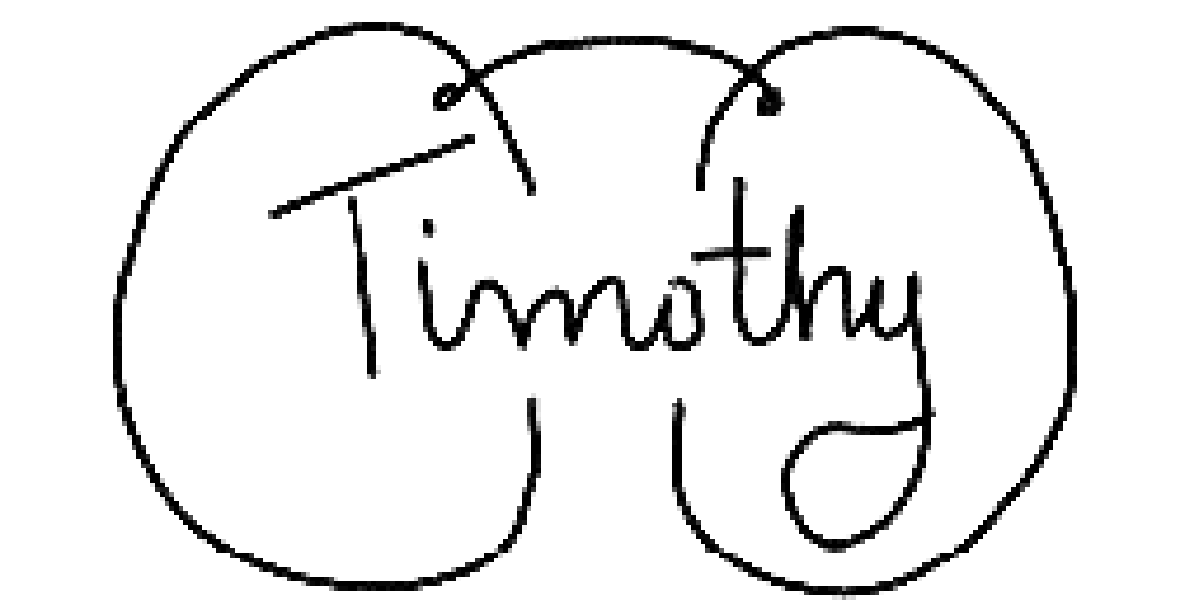Vision Facts...
What are 'floaters'? Should I be worried...?
Floaters are usually described as little 'specks', 'spots', 'hairs', or 'funny shapes' that seem to float in mid-air and disappear if you cover one eye or the other. They can be a very serious sign if they significantly block your vision or are accompanied by 'flashes of light' that really are not there.
IF the later is the case and you are seeing both significant "floaters" AND "flashes", especially flashes in daylight, you should contact your eye care specialist NOW.
"Floaters" are seen because of the small particle inside the eye is casting a shadow from a light source. You can tell which eye a floater is in by simply covering the eye to see if the "floater" disappears. You can NOT tell which eye might be generating a "flash" because "flashes" are generated within the nervous system itself. You should NEVER try to chase "floaters" to move them or try to make "flashes" inside the eye re-occur by moving your eyes or head. This can precipitate what is called a retinal detachment.
Small "floaters" that are only occasionally seen and that have been there for some time are usually of no consequence. They result from the normal age-related deterioration of the gelatinous filling in the eye called the vitreous. The vitreous is similar to the white of an egg and is usually so transparent that we never see it. In infants the vitreous is attached three-dimensionally everywhere inside the eye. That attachment is with an adhesive like "magic tape". Just like pulling tape from a piece of paper can pull some fibers or particles of print with it, as the vitreous pulls away from the retina small particles of tissue can pull away and create "floaters". These small objects inside the eye cast a "shadow" onto the nerve cells or light photo receptors at the back of the eye. What we actually see then is a "shadow" of the "floater".
The position of a "floater" depends upon WHERE the floater is IN the eye and where light is coming from. The type of "floater" seen depends upon how much tissue separates from the retina. A clean vitreous separation will usually result as flowing 'lines' rather than discrete objects or shapes. Consider a two-dimensional spider web. Many times a fine web is never seen until you feel it or see the broken parts that stick to itself. When the vitreous separates it very similarly, three-dimensionally, sticks to itself creating the "lines" of thicker and thinner material. This is like looking through an old window while moving up/down or left/right... we can see the wavy image through the glass because it is not a uniform thickness. Particles from the retina that separate with the vitreous make the "specks" or "spots" that we see. Small particles are usually not a problem. Any new larger "floater" that obstructs your vision should be evaluated with a dilated fundus examination by your eye care specialist.
